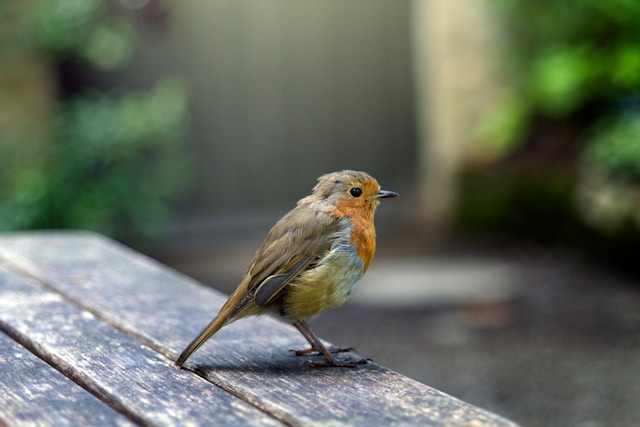New Zealand’s alpine regions, characterized by rugged terrain, harsh weather, and sparse vegetation, are home to a unique array of bird species that have evolved remarkable adaptations to survive in these challenging environments. This article explores the fascinating world of New Zealand’s alpine birds, highlighting their adaptations, behaviors, and the best places to observe them.
One of the most well-known alpine birds is the Kea, the world’s only alpine parrot. Renowned for its intelligence and curiosity, the Kea is often seen exploring its surroundings and interacting with objects, displaying problem-solving abilities that rival those of primates. Keas have strong, curved beaks designed to extract food from tough environments and a robust body to withstand cold temperatures. They are commonly found in the Southern Alps and Fiordland, where they can be observed in places like Arthur’s Pass and the Milford Sound area.
The Rock Wren, or Pīwauwau, is another alpine specialist. This small, insectivorous bird is unique for its permanent residence at high altitudes, where it nests in rock crevices and feeds on insects and spiders. The Rock Wren’s thick plumage provides insulation against the cold, and its strong legs allow it to navigate rocky terrains efficiently. Sightings are possible in the alpine regions of Fiordland and the South Island’s Mount Aspiring National Park.
The New Zealand Falcon, or Kārearea, although not exclusive to alpine areas, is often seen soaring above mountainous regions in search of prey. This powerful bird of prey is known for its speed and agility, capable of catching birds in mid-air. The Kārearea’s keen eyesight and sharp talons make it a formidable hunter. Alpine regions like the Marlborough Sounds and Central Otago are prime locations to spot these impressive raptors.
Ptarmigans, although not native to New Zealand, have similar high-altitude adaptations to the aforementioned species. The comparison highlights the convergent evolution of alpine birds worldwide, which have developed features such as cryptic plumage for camouflage, strong legs for mobility on uneven terrain, and behavioral adaptations to cope with extreme weather.
New Zealand’s alpine birds face significant challenges, including habitat loss, climate change, and predation. Conservation efforts are essential to protect these species and their habitats. Initiatives such as predator control programs and habitat restoration projects are critical for the survival of alpine birds like the Kea and Rock Wren. Organizations such as the Department of Conservation (DOC) and local conservation groups play a vital role in these efforts.
For birdwatchers and nature enthusiasts, exploring New Zealand’s alpine regions offers a unique opportunity to observe these hardy birds in their natural habitats. The Southern Alps, Fiordland, and the high country of Central Otago provide breathtaking landscapes and rich biodiversity, making them ideal destinations for alpine birdwatching.
In conclusion, New Zealand’s alpine birds are a testament to the resilience and adaptability of nature. Their specialized adaptations to high-altitude environments demonstrate the remarkable ways in which life can thrive in even the most challenging conditions. By supporting conservation initiatives and promoting responsible birdwatching, we can help ensure that these unique birds continue to grace New Zealand’s alpine landscapes for generations to come.
